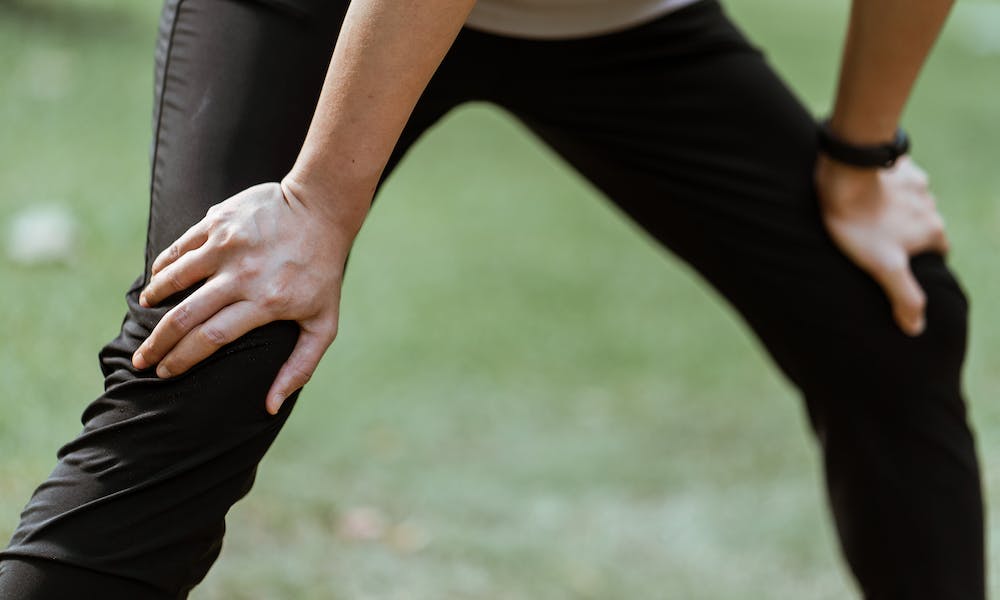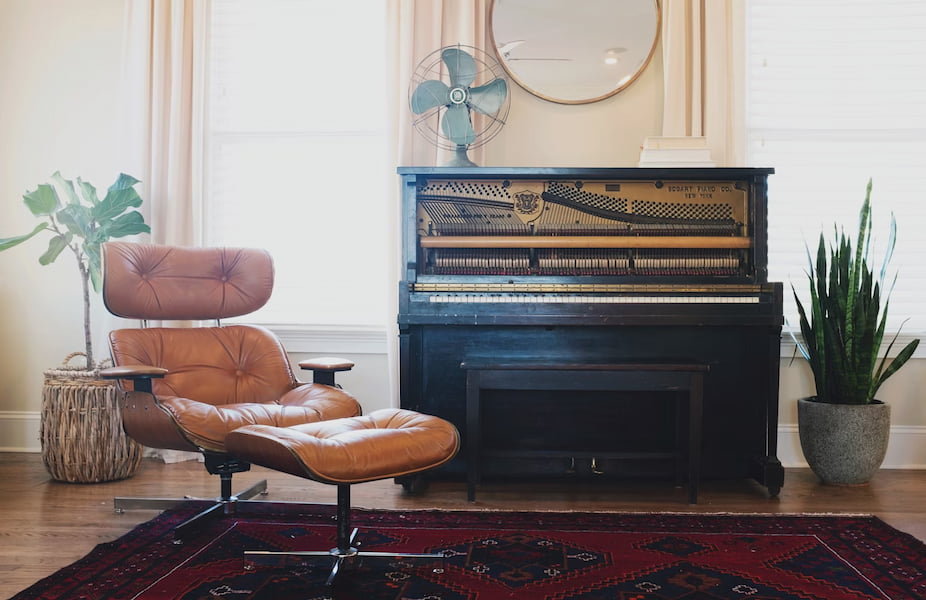Knee pain is a condition that usually affects the older generation. But, for some reason, even the younger ones experience the same condition. Desk jobs often involve sitting for extended periods, which can lead to knee pain. Also, ergonomic chairs can sometimes contribute to knee discomfort.
Let’s find the answers and discover how our knees respond to reclining chairs.

Can Prolonged Recliner Use Lead to Knee Pain or Joint Issues?
When it comes to catching some Zs, not all recliners are equal. Some are made for short periods of relaxation, not extended sleep. There are two reasons this is so.
One is that they might not recline all the way. The second is they lack the necessary support for proper spinal alignment. But for seniors seeking a restful night’s sleep in their comfy chair, there’s good news! Sleeping recliners exist. They offer enhanced comfort and support to cradle you through the night.
These recliners feature low leg rests, providing a more comfortable sleeping position. Some even offer soft-touch surfaces that mimic the feel of a bed. Craving a flat, cloud-like sleeping experience? Look no further than these recliners, designed with both softness and support in mind.
Occasional naps in a recliner chair do not cause permanent harm. Prolonged use as a primary sleeping solution can lead to adverse effects. This rings true for individuals experiencing joint pain or mobility limitations.

How Does a Recliner Cause Knee Discomfort?
Continuous recliner use can induce knee and hip contractures. Contractures refer to tightened muscles around the knee and hip joints. This results in restricted movement. It also hinders one’s ability to stand and maintain an upright posture.
One of the primary consequences of this joint stiffness is reduced flexibility. It affects everyday activities such as walking, climbing stairs, and even bending over.
Prolonged sitting can compress nerves in your legs and feet, leading to a loss of sensation. Also known as “falling asleep”, this occurs when you’re on a couch for a long time while watching a movie. It also happens when working at a standing desk, or riding in a car.

What is Deep Vein Thrombosis (DVT)
Prolonged periods of immobility can increase your risk of developing deep vein thrombosis. Bent knees worsen the situation. DVT is a life-threatening blood clot that forms in a deep vein, typically in the legs. While DVT can occur anywhere in the body, it is most common in the legs. Wearing compression socks can help reduce the risk of developing DVT.
How Does Prolonged Sitting Lead to Impaired Circulation?
Prolonged sitting with bent knees can compress the blood vessels in your lower body. In turn, this obstructs blood flow in the popliteal artery behind your knee. Maintaining straight legs while sleeping in a recliner can promote better circulation.
Various health issues and injury risks result from prolonged sitting and sedentary lifestyles. This is according to the journal “Health Issues and Injury Risks Associated with Prolonged Sitting and Sedentary Lifestyles”.
Sitting still for long periods is called sedentary behaviour. Examples include working on a computer or watching TV. This lack of movement can lead to increased risks of health problems:
- Early death
- Type II diabetes
- Cancer
- Obesity
- Heart disease
- And other issues related to metabolism.
Reclining chairs can aggravate the discomfort if you already suffer from knee pain. Limited-recline chairs provide only half the comfort. This is because they only allow you to lean back to a certain point.

Why You Need to Elevate Your Feet
Elevating your feet after a long day can provide relief. This is true not only for its relaxing effect but also for its circulatory benefits. Activities that restrict blood flow to your feet and legs can impair circulation. Examples are prolonged sitting at a desk or standing,
To help reduce inflammation and stress in your body, elevate your feet above heart level. Reclining in a chair is one great way to do this. Furthermore, recliners can aid in recovery from everyday fatigue. They provide a welcome respite after a long day.
How to Take Some of the Back Pain Away
Back pain, whether chronic or acute, highlights the crucial role our backs play in daily life. As a consequence, this hardworking part of our body can experience wear and tear. The result is occasional discomfort.
In these situations, we recommend taking a break and relaxing in a recliner or kneeling chair. You will release pressure from your spine and also allow your core muscles to relax and recover. This is also a way of preventing back pain from long periods of sitting.
Elevating your legs can also promote blood flow to your lower back. If you suffer from chronic back pain, it’s best to avoid using recliners for sleeping. Stick to using them for relaxation purposes only.
- 6 Benefits of Using Seat Cushion - February 20, 2024
- 4 Tips to Fix Uncomfortable Chair - February 19, 2024
- How to Position Lumbar Support on Ergonomic Chair - February 15, 2024

